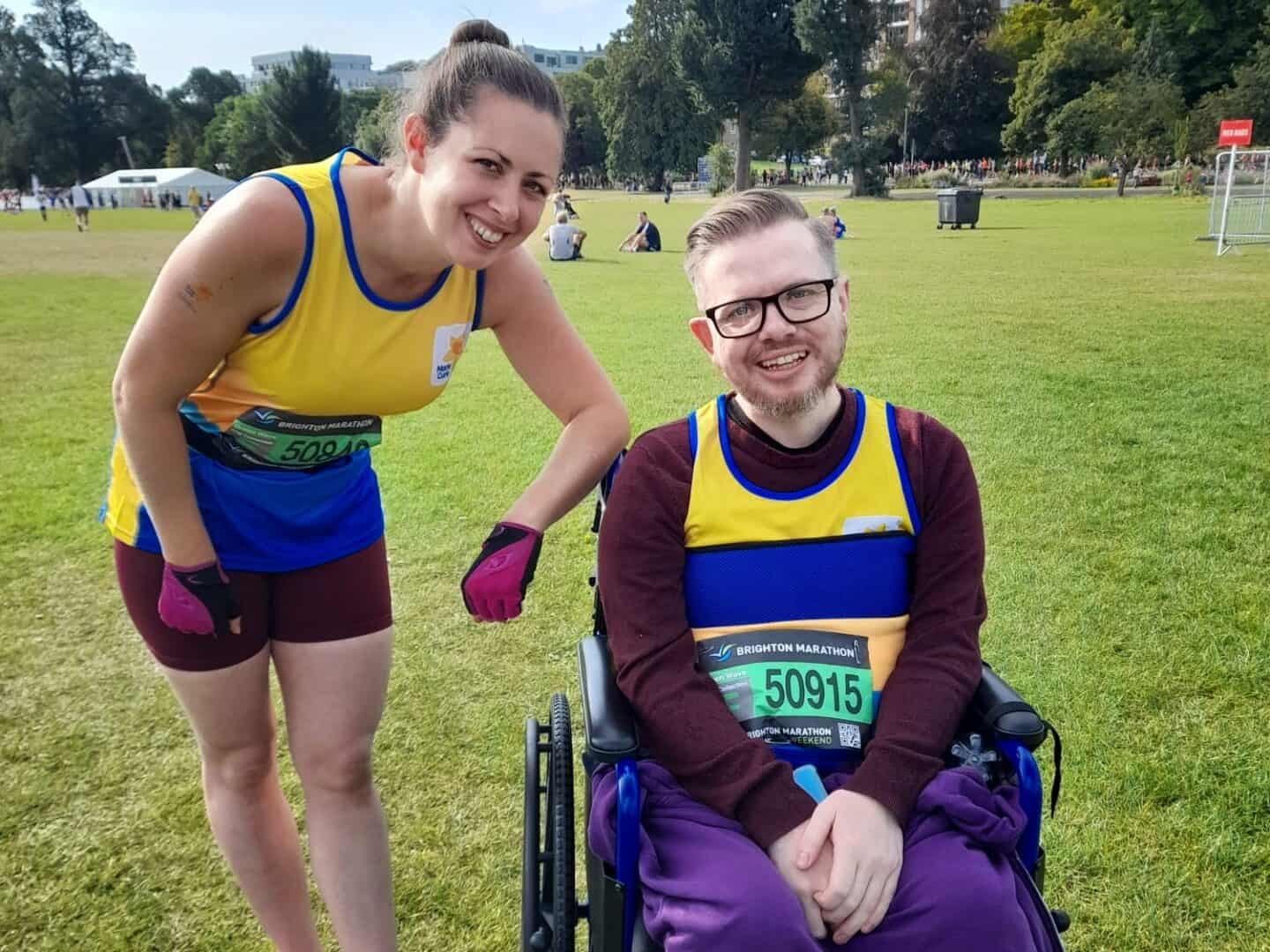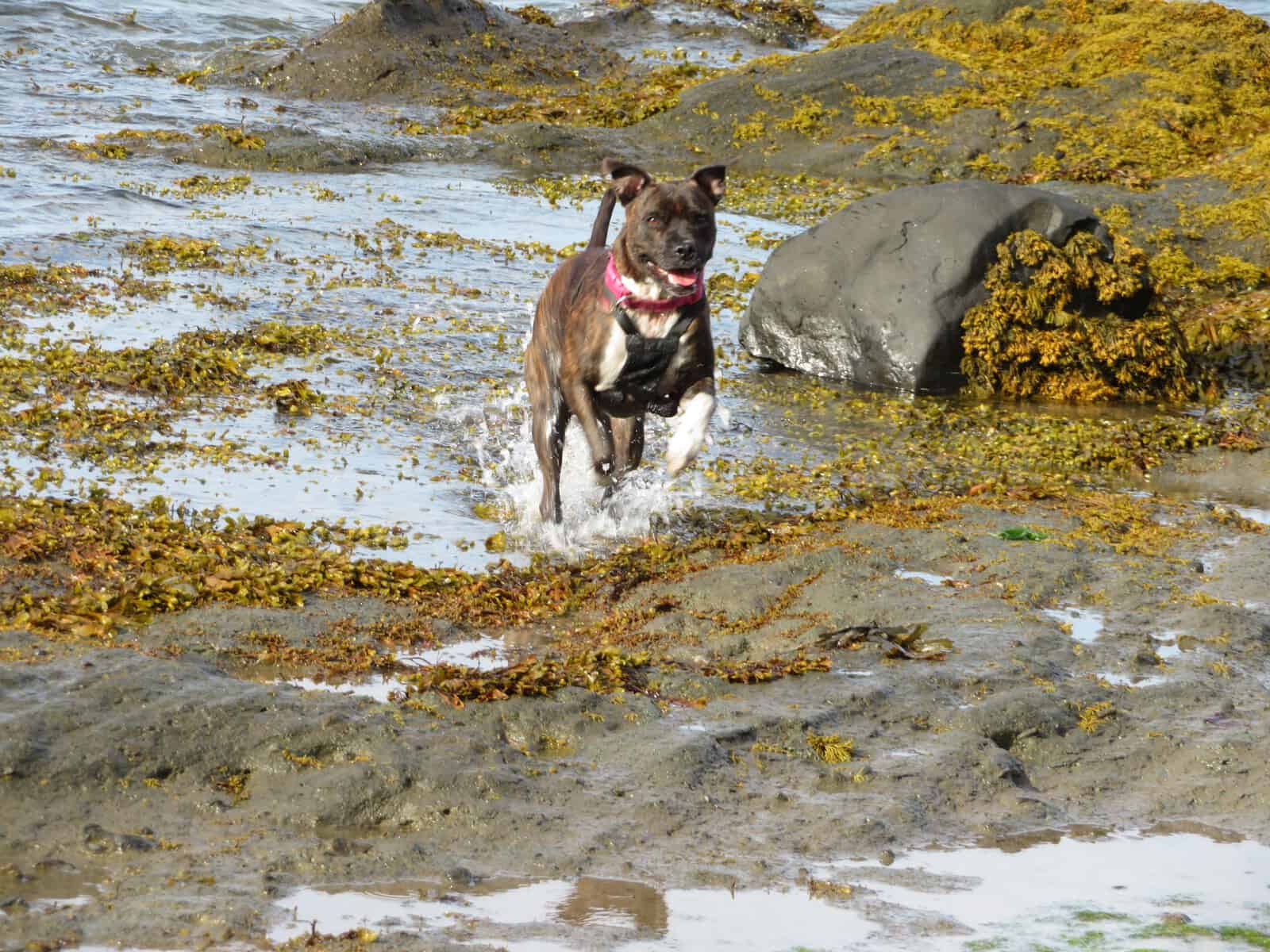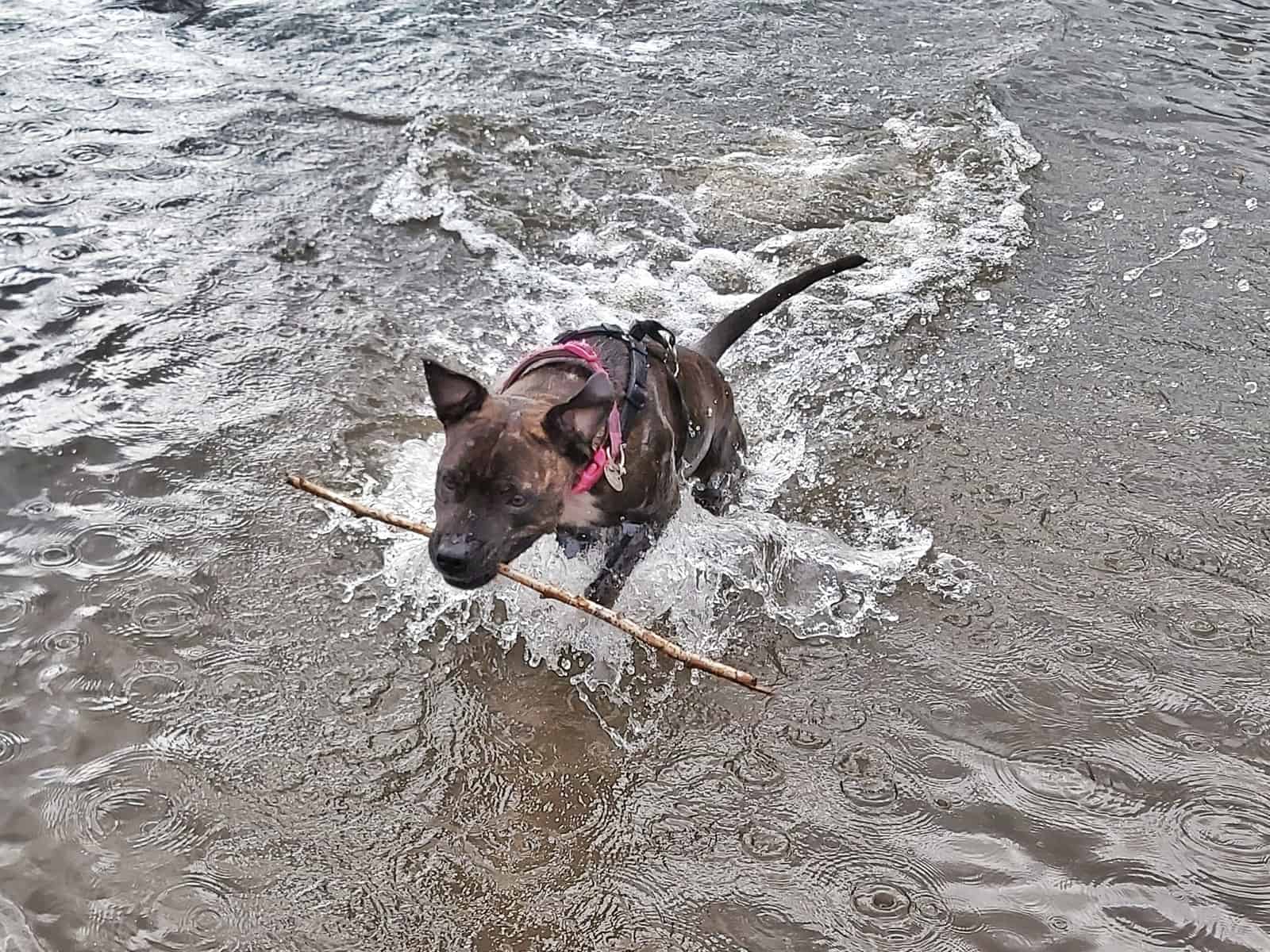How to avoid injury and illness when you run every day
AD (Paid Collaboration)
If you grew up participating in competitive sport, you undoubtedly had the importance of rest days drummed into you. Take a break, you’ll get injured. You can’t train every day, you’ll burn out. Rest is as important as training. What about the impact on your knees? I’m here to tell your inner voice to stop. Those coaches, teachers and parents meant well. But these days, the thinking is a little different. As someone who has been running every day for three and a half years, it is safe to say that rest days don’t have to mean no running. Running every day doesn’t necessarily lead to injury. And as for illness? It might just be a thing of the past.
Don’t you ache from running every day?
As with any exercise, running regularly allows your muscles to become accustomed to it. So, as long as you stick to your usual pace and distance, you’re not going to ache. But up the speed or distance, start running off road instead of on, and you’re going to feel your last run in your legs. That’s not a bad thing. After all, if we keep things the same, we’ll never improve.
The one thing I wouldn’t do if you intend to keep up with your run streak is to reach for the tablets. Try a natural anti-inflammatory cream containing Arnica instead. Using a plant-based active ingredient allows the body to absorb it naturally and it will get to work straight away. Additionally, using a cream instead of a tablet will make sure that it works only on the area where you need it. A much better idea than pumping an anti-inflammatory chemical throughout your body. Arnica is great for bruising too, so if you do happen to take a fall, having a natural arnica cream handy is a great idea.
Another shortcut to avoid aching muscles is cold water swimming before and after your run. Whilst this isn’t going to be possible every time, when I ran the Brighton Marathon, I swam in the sea the day before and immediately after the marathon. I did the same the last time I ran the London Marathon and on both occasions, my legs ached a LOT less then they usually do after a long run.

How to minimise injury risk
According to Christopher McDougall in his Born to Run books, the trainers we wear are largely responsible for the injuries we acquire by running. But before you head out the door for a gait analysis and an expensive pair of trainers, consider this. McDougall and others (including me) swear by barefoot trainers. With minimal support and cushioning, they allow you to run correctly, rather than changing your gait to fit in with the extra bounce or whatever other ‘helpful’ adjustment your trainers offer. Personally, I have had absolutely no injuries since running in barefoots.
The other important thing when it comes to minimising your injury risk is cross-training. Swim, lift weights and do yoga. Run off road to make use of those stabilising muscles. Play football, go to the gym or take up dance. But whatever you do, don’t let your run streak consume you. Other forms of exercise are still important and using additional muscles as well as those you use for running will help to prevent injury.
How to take a rest day without missing a day of running
It may sound counter-intuitive, but it is entirely possible to take a day off without breaking your run streak. There are two options here. The first is to cleverly time your runs, and the other option is to run a minimal distance.
Timing your runs to fit in a rest day
Having a ‘day off’ running without breaking your run streak is easier than you think. To do so, we need to plan a two-day cycle as follows:
- Day 1: Run as early as you can – I suggest around 6am. Don’t overdo it, this is as close as you’re going to get to a rest day after all.
- Day 2: Run as late as you dare without disrupting your sleep. Personally I couldn’t do this later than around 8 pm without being awake for half the night, but if you are a night owl you can definitely push it a bit later.
Voila, you have taken over 24 hours off running without breaking your run streak. To maximise the ‘rest’ period, follow the minimal distance instructions below on BOTH of your rest day runs as well.
Resting by running a minimum distance
If you are on a run streak, you probably have a minimum distance that you have to run every day to keep up your streak. Mine is a mile in theory, although for the past couple of years I have always done at least two. Whatever your minimum distance is, make sure you run that distance at least occasionally. And slow it right down!
So, you can run a mile in five minutes? Who cares! We’re talking rest-day running now, so run it in ten. Better still, run it in fifteen. Be the tail runner for your local running club, or jog with an inquisitive dog from a local shelter. Dogs induce plenty of rest stops, boy dogs in particular. Your run is now a slow, stop-start affair from lamp-post to lamp-post with minimal energy expired. You’re welcome.

Why illness probably won’t stop you from running every day
You might be surprised to hear that being ill has never stopped me from running. Why? Well firstly, because I very rarely get ill these days. The colds and bugs that go around tend to pass me by. I get a mild dose very occasionally, but nothing that stops me from running. And when I do run, I always feel better for it. When I caught covid, I wasn’t allowed out of the house. So, I got my miles in by running laps of my (small) garden. It was tedious, but I felt better. And my symptoms were extremely mild.
I have a strong suspicion that running every day combined with weekly outdoor swimming have vastly improved my immune system. It’s no coincidence that people who run every day tend to be able to continue doing so for many years. Most end up stopping due to a freak accident (likely unrelated to running), or simply because they’ve had enough. If you follow the tips above for minimising injury risk and fitting in plenty of rest, illness is one thing you probably don’t need to worry too much about.







